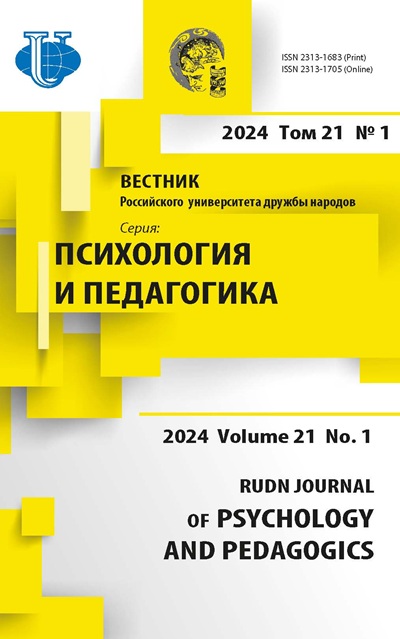Аннотация
Автор приводит доказательства двух ступеней воспроизведения информации из кратковременной памяти. Характер распределения ответов показывает, что первые три единицы воспроизводятся из «опустошающейся» оперативной памяти, шестая и последующие единицы относятся ко второй ступени воспроизведения, а четвертая и пятая - имеют пограничный характер. Об этом свидетельствует наличие «разрыва» в ступенчатой функции распределения ответов, что приводит к предварительной оценке объема оперативной памяти - 4-4,5 единицы. Показано, что общее воспроизведение является линейной комбинацией содержания оперативной памяти и единиц, воспроизведенных на второй ступени, что ведет к уточнению объема оперативной памяти - 3-3,9 единицы. В итоге определен верхний предел объема оперативной памяти (3,06 единицы), который предположительно наиболее точно оценивает неделимый объем оперативной памяти. Показано, что вторая ступень воспроизведения имеет характер реактивации: среднее время для получения дополнительных ответов описывается линейной функцией, подобной функциям вероятности распознавания мимики и реплик, в которых используются механизмы реактивации.
















